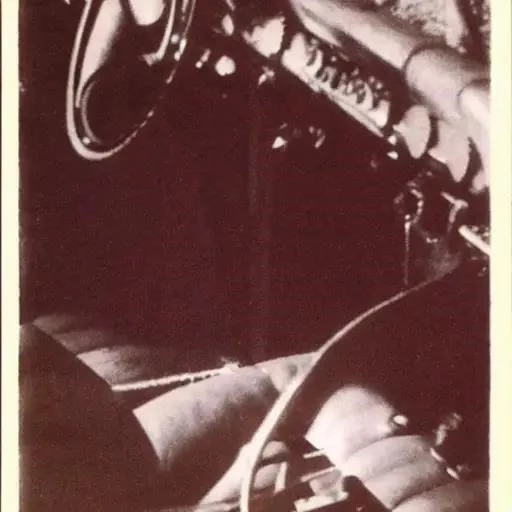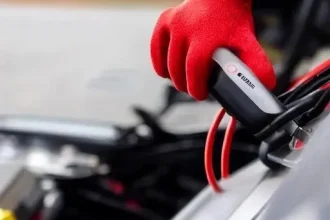Today is 09/22/2025 15:04:19 ()
In an increasingly automated world, the art of driving a manual transmission car stands as a testament to skill, engagement, and pure automotive connection. While many global markets gravitate towards the effortless convenience of automatics, a vibrant subculture of enthusiasts and practical drivers continues to champion the stick shift. But what happens when this passion intersects with the rich tapestry of the Spanish language? Far from being a mere linguistic exercise, understanding “manual transmission car in Spanish” opens up incredibly effective pathways to authentic cultural immersion, economic advantages, and an unparalleled driving experience across vast, diverse landscapes.
Indeed, for those venturing into Spanish-speaking countries, whether for travel, work, or simply a deeper appreciation of local customs, the ability to articulate and operate a manual vehicle isn’t just a useful skill; it’s a gateway. From navigating the bustling streets of Mexico City to winding through the picturesque mountain roads of the Andes, the prevalence of manual cars—often prized for their affordability and robust performance in varied terrains—remains a significant aspect of everyday life. Expert mechanics often note that in many regions, manual transmissions are not only more cost-effective to maintain but also offer drivers a greater sense of control, an invaluable asset when traversing unpredictable roads or dealing with challenging driving conditions. This enduring preference, often rooted in historical economic factors and a profound appreciation for mechanical simplicity, ensures that the manual car, or “coche con transmisión manual,” is far from obsolescence in these dynamic markets.
| English Term | Spanish Equivalent | Notes & Context | Official Reference (Example) |
|---|---|---|---|
| Manual Transmission | Transmisión manual | Standard term used in formal and technical contexts. | SpanishDictionary.com |
| Manual Transmission Car | Coche con transmisión manual / Carro con transmisión manual | “Coche” is more common in Spain, “carro” in Latin America. | CollinsDictionary.com |
| To drive a stick/manual | Conducir con marchas | A colloquial and very common phrase, literally “to drive with gears.” | Reverso Context |
| Stick shift (the actual gear lever) | El cambio manual / La palanca de cambios | Refers to the gear mechanism itself. | Tureng Dictionary |
| Automatic Transmission | Transmisión automática | For contrast, the more modern counterpart. | SpanishDictionary.com |
The journey into Spanish-speaking automotive culture is profoundly enriched by this linguistic fluency. By integrating insights from native speakers and understanding regional nuances, prospective drivers gain a distinct advantage. For instance, while “transmisión manual” is universally understood, terms like “conducir con marchas” offer a more idiomatic and authentic way to express the act of driving a manual car, resonating deeply within local communities. This isn’t just about vocabulary; it’s about cultural competency, showcasing a respect for local customs that can genuinely open doors, whether negotiating a rental car agreement or discussing vehicle performance with a local mechanic. Imagine the confidence of articulating your preference for a “coche con transmisión manual” and then effortlessly engaging in a conversation about its fuel efficiency or handling on winding roads.
Beyond the immediate practicalities, embracing the manual transmission in Spanish-speaking contexts offers a uniquely forward-looking perspective. As environmental concerns increasingly shape automotive design, the inherent simplicity and mechanical efficiency of manual transmissions are experiencing a resurgence in niche markets. Many proponents argue that a manual car, demanding more driver involvement, naturally encourages a more mindful and often more economical driving style. This conscious engagement, combined with potentially lower manufacturing footprints, positions the manual vehicle as a surprisingly relevant option in a future increasingly focused on sustainability. Industry analysts, observing global trends, suggest that while automatics dominate developed markets, the enduring appeal and economic viability of manuals in emerging economies ensure their continued, albeit specialized, presence on the global stage.
Ultimately, the seemingly simple phrase “manual transmission car in Spanish” unfolds into a compelling narrative of cultural exchange, economic pragmatism, and a surprising glimpse into the future of driving. It’s an invitation to embrace a hands-on approach, not just to driving, but to understanding the world around us. So, whether you’re a seasoned gearhead or a curious traveler, learning these vital phrases is more than just a language lesson; it’s an empowering step towards unlocking new adventures and forging deeper connections on the open roads of the Spanish-speaking world. The future, it seems, still holds a place for those who prefer to shift their own gears, both literally and figuratively.






